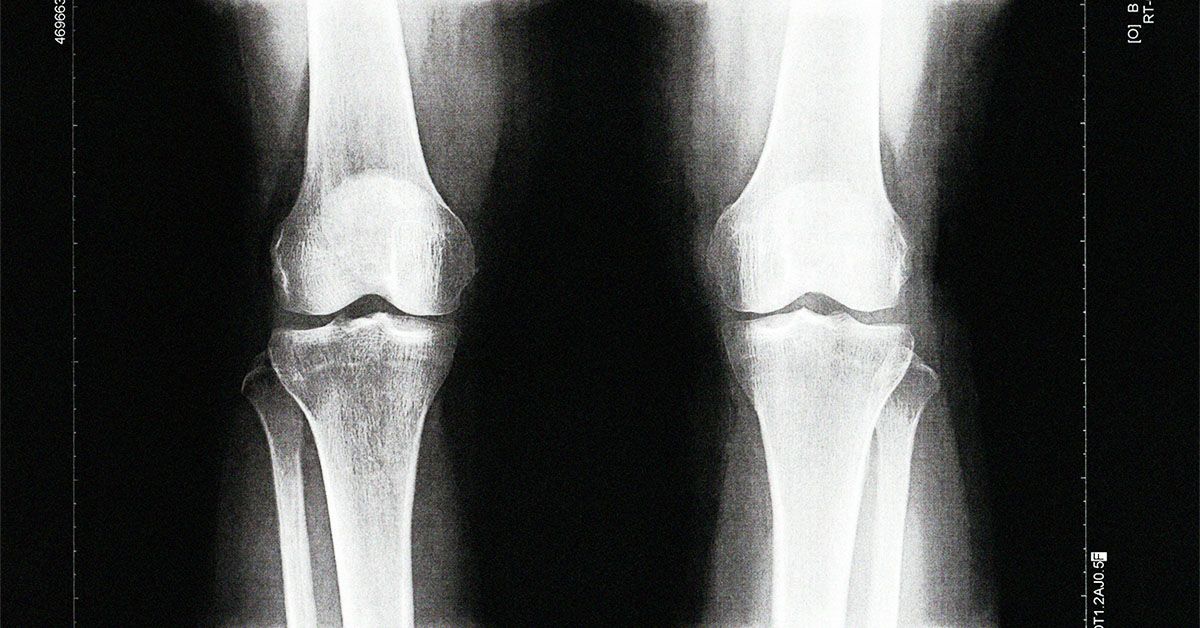- The global burden of cancer is continuing to grow, and there is currently no cure for any type of cancer.
- Researchers predict more than 35 million new cancer cases by 2050, marking a 77% increase from 2022.
- In a recent study, researchers found a way to change the physical properties of a specific protein that causes 75% of all human cancer cases.
- The researchers say the discovery could pave the way for future cancer treatments.
The global burden of cancer is continuing to grow, according to the
Researchers predict more than 35 million new cancer cases by 2050, marking a 77% increase from an estimated 20 million cases in 2022.
With growing numbers and currently no cure for any cancer, scientists continue to explore new ways to both prevent and treat cancer.
Recently, researchers from the University of California, Riverside have found a new way to change the physical properties of a specific protein known to be the culprit in about
Scientists hope this new research, recently published in the Journal of the American Chemical Society, could lead to the development of new cancer treatments.
For this study, researchers focused on a specific protein called
MYC is a
With cancer cells, MYC becomes hyperactive and ultimately
Because of its involvement with cancer,
“From a chemistry point of view, MYC is just really fascinating because it lacks a stable structure,” senior study author Dr. Min Xue, associate professor of pharmacological sciences at the Icahn School of Medicine at Mount Sinai, told Medical News Today.
“It is a glob of randomness, but somehow it carries out critical biological functions in a well-regulated manner. This intricate play between order and disorder is what attracts me the most. Plus, it is a very promising drug target, that’s a bonus,” he added.
“Cancer cells are hyperactive, and they replicate themselves without supervision. You can think of them as a mass-production pipeline of biomolecules. All these production processes are based on some blueprint, which is DNA. MYC facilitates access to that blueprint information, enabling a constant supply of building blocks for uncontrolled growth.”
— Dr. Min Xue, study co-author
Dr. Xue and his team wanted to find a way to suppress the activity of MYC in cancer cells.
In a previous study, the researchers identified a peptide compound that can bind to MYC and dampen its actions.
In this study, scientists explored a new peptide capable of creating a strong bond directly to MYC.
“We designed a ‘bicyclic peptide,’ which has a 3D binding surface and can be considered as a miniature version of a protein,” Dr. Xue detailed.
“It can bind to MYC and change MYC’s physical properties, preventing it from accessing the information in the DNA.”
“Because MYC is essential in fueling a wide collection of cancers, an effective MYC inhibitor may help us treat those cancers,” he continued.
“An added bonus is that these cancer cells are more addicted to the high level of MYC activities, way above the normal cells, and this property can help create cancer therapeutics with fewer side effects.”
Researchers delivered the peptide through small spheres of fatty molecules called lipid nanoparticles. However, they plan to explore other options.
“Our current peptide cannot get into the cancer cells by itself. It needs some help from carriers, much like the lipid nanoparticles used in the COVID mRNA vaccines,” Dr. Xue said.
“This is not very convenient for a drug. We are exploring other ways to make the peptide enter the cells autonomously.”
“We are also working on improving the potency of the peptide,” he added. “The current version is not strong enough for a drug. But I think we are off to a very good start.”
Factors such as these are why researchers continue to look for new ways to treat and prevent cancer.
“Cancer is not ‘a disease’ — it’s a collection of diseases,” Dr. Xue said.
“Each cancer has its own characteristics, and even the same type of cancer can manifest differently among patients. Currently, there is no ‘silver bullet’ for all cancers, therefore, we, the researchers, need to continually look for ways to treat cancer.”
MNT also spoke about this study with Dr. Wael Harb, a board certified hematologist and medical oncologist at MemorialCare Cancer Institute at Orange Coast and Saddleback Medical Centers in Orange County, CA.
Dr. Harb said his initial reaction to this research was cautious optimism.
“The MYC has always been a highly sought target because it’s involved in a lot of cancer progression and aggressiveness, but is mostly always considered one of these unbeatable targets because of its shape,” he explained.
“So to develop a peptide that can inhibit MYC is definitely exciting. It’s opened the door for potential new therapeutics that can help with these aggressive cancers.”
“There are several cancers known to activate MYC and (are) especially difficult to treat, like aggressive breast cancer, some [forms of] lung cancer, and a certain type of lymphoma called Burkitt’s lymphoma,” Dr. Harb continued. “These would be the highest priority to develop a drug that can block MYC and stop the growth of these tumors.”
For the next steps in this research, Dr. Harb said he would like to see this performed in preclinical models in animal studies and then hopefully advanced to human trials.
“We would really (look) forward to (seeing) this introduced to human trials where we can start testing this in patients with aggressive cancer and get a better understanding of the safety and efficacy. And then after we have proven this in advanced tumors, we will start looking at other tumors in earlier stages of cancer.”
— Dr. Wael Harb, hematologist and medical oncologist
Read the full article here
















